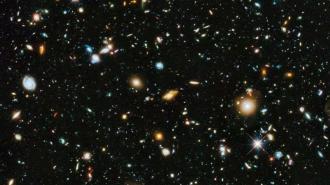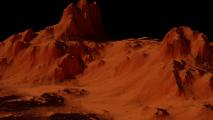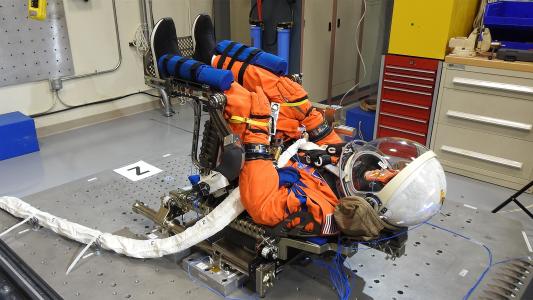The Universe is a vast place, filled with more galaxies than we’ve ever been able to count, even in just the portion we’ve been able to observe. Some 40 years ago, Carl Sagan taught the world that there were hundreds of billions of stars in the Milky Way alone, and perhaps as many as 100 billion galaxies within the observable Universe. Although he never said it in his famous television series, Cosmos, the phrase “billions and billions” has become synonymous with his name, and also with the number of stars we think of as being inherent to each galaxy, as well as the number of galaxies contained within the visible Universe.
But when it comes to the number of galaxies that are actually out there, we’ve learned a number of important facts that have led us to revise that number upwards, and not just by a little bit. Our most detailed observations of the distant Universe, from the Hubble eXtreme Deep Field, gave us an estimate of 170 billion galaxies. A theoretical calculation from a few years ago — the first to account for galaxies too small, faint, and distant to be seen — put the estimate far higher: at 2 trillion. But even that estimate is too low. There ought to be at least 6 trillion, and perhaps more like 20 trillion, galaxies, if we’re ever able to count them all. Here’s how we got there.

The first thing you have to realize about estimating the number of galaxies in the Universe is that the part of the Universe we can see — both today and ever, even into the infinite future — is and will always be finite. The Universe, as we know and perceive it, began with the hot Big Bang some 13.8 billion years ago. With some 1080 atoms within it, about five times as much mass in the form of dark matter, as well as billions of times as many photons and neutrinos, gravitation has had plenty of time to pull the matter into clumps, collections, groups, and clusters. This has led to the formation of stars and galaxies with a variety of different properties: masses, sizes, brightnesses and more.
But what’s most important to realize is that the amount of “stuff” in the Universe that we can see is limited by three factors:
- the finite amount of time that’s passed since the Big Bang,
- the finite speed of light,
- and the properties of how the Universe has expanded over its history, from the Big Bang until today.
The galaxies we see today are rich, large, massive and evolved, with many being mere components in large collections of matter: groups, clusters, and even larger-scale structures. But the galaxies we see from far away — from earlier epochs in our cosmic history — are more isolated, smaller, less massive, and more irregular. If we want to estimate how many galaxies we can see today, we need to understand how the Universe has grown up over the entirety of its cosmic history.
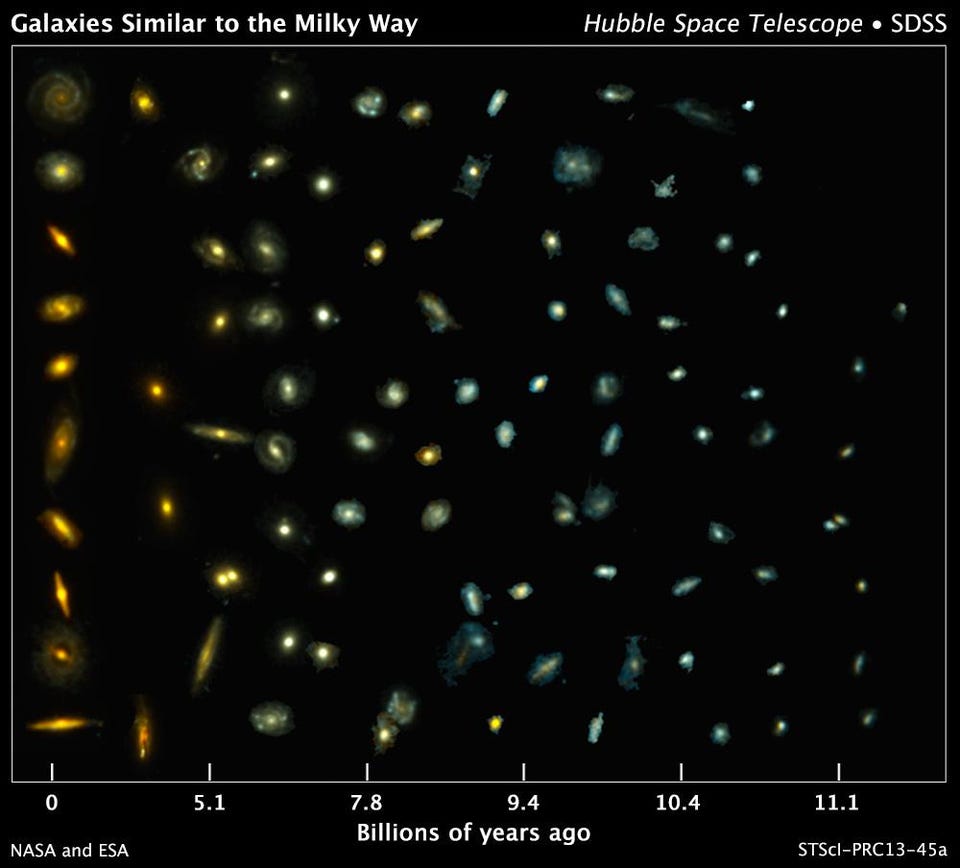
The second thing you have to realize is that, no matter what sort of telescope we construct, we’re never going to be able to identify and count all of the galaxies present within the entirety of the observable Universe. All objects have an inherent brightness to them, and in order for us to be able to observe them, we need to collect enough photons from them so that they stand out from the cosmic background of other objects, as well as the noise inherent to our instruments. We also need to be able to resolve them as independent galaxies, with their own stellar populations, even when they’re close to, or along the same exact line-of-sight as, other, larger, brighter galaxies.
This is an impossible task, at least, from a practical perspective. You can’t build a telescope that’s:
- infinitely large (to get the needed resolution),
- that covers all of the wavelengths of light simultaneously (to account for the inevitable cosmological redshift),
- that observes the entire sky at once (with an infinite field-of-view),
- and for an arbitrarily long amount of time (to reveal the faintest objects).
All you can do is practically make the observations your instruments (and allotted observing time) allow you to make, and to use what you know about the laws that govern the Universe to fill in what must lie beyond the current observational frontiers.
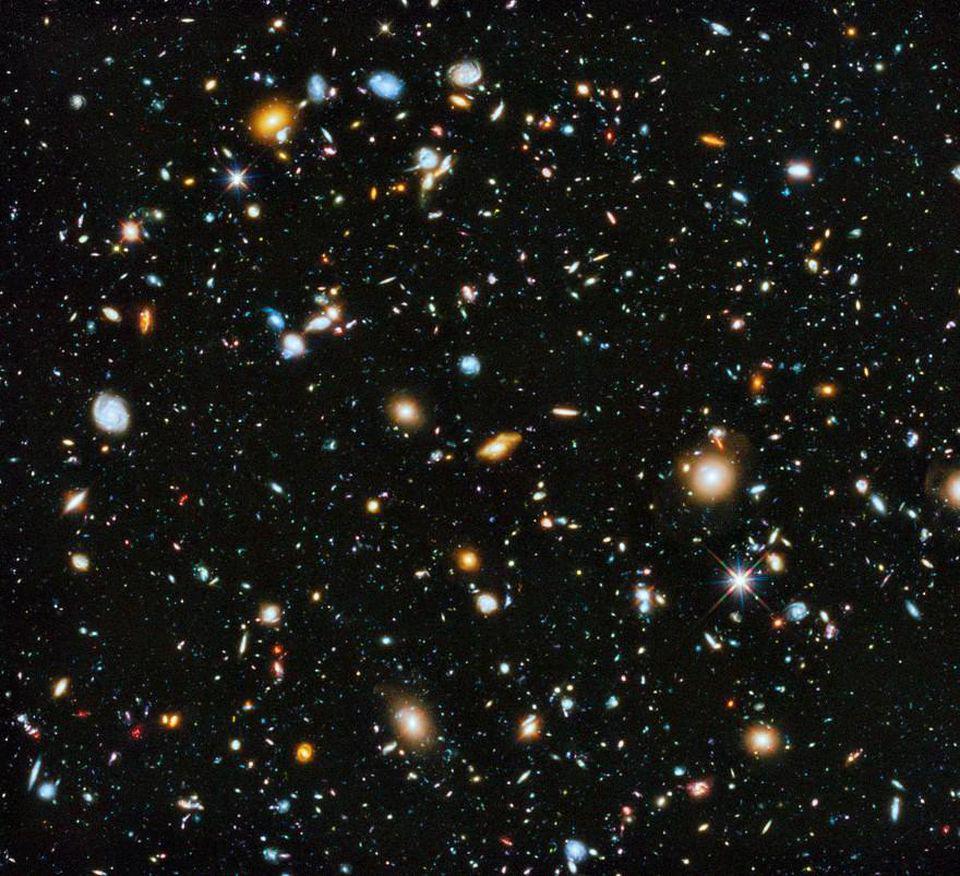
The above image is the Hubble eXtreme Deep Field: humanity’s deepest view of the Universe, ever. Combining observations from many different wavelengths that span the ultraviolet, optical, and near-infrared portions of the electromagnetic spectrum, it represents a cumulative total of 23 days of observing time.
Within this tiny region of sky, which covers just 1/32,000,000th of all the space that’s accessible to us, we can observe a tremendous number of galaxies at a variety of distances from us. These include:
- nearby galaxies that are small, medium, and large in size, and that range in brightness from quite faint to extremely bright,
- intermediate galaxies that are medium-to-large in size, and that are of intermediate-to-high brightnesses,
- and very distant galaxies that represent the largest galaxies that existed at those early times, possessing the highest brightnesses of any galaxies so far away,
- along with a few even-more-distant galaxies whose light has gotten stretched and magnified by the presence of a foreground object, through the power of gravitational lensing.
When we count them all up, irrespective of where we found them or what properties they possess, we find there are 5,500 uniquely identifiable galaxies within this tiny region of sky. If we extrapolate what we’ve seen in this tiny region as though it were “typical,” we’d find that over the entire sky, we expect there to be 170 billion galaxies contained in the observable Universe.
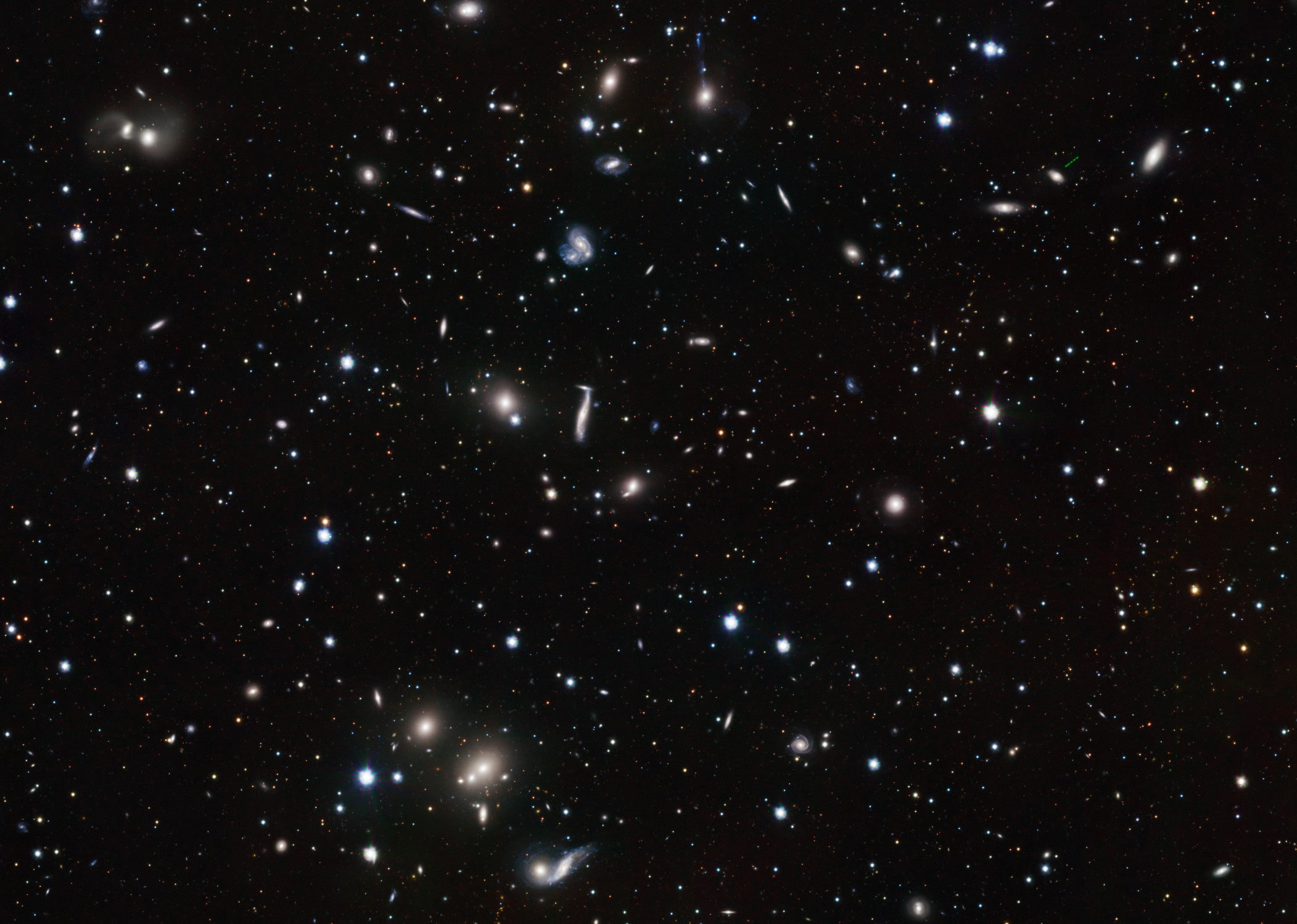
Of course, we shouldn’t take that to be an estimate of the number of galaxies in the Universe; we should treat that number as a lower limit. There need to be at least as many galaxies as we can infer from what we’ve already observed, but there ought to be more. Out there, beyond the limit of what our best telescopes have been able to expose to us, should be the galaxies that are too small, too faint, too distant, or too obscured for us to see just yet.
In the absence of the necessary data, it only makes sense to run simulations — based on the known contents of the Universe — to infer what the populations of these missing objects ought to be. By combining what we’ve already observed with the behavior of dark matter and normal matter on all scales, as well as a knowledge of galactic assembly and the history of large-scale structure formation, we should be able to make informed inferences about what else is out there.
Although the very faint end of the galactic spectrum is the most uncertain (i.e., where the smallest, lowest mass galaxies are), this technique has been leveraged over the past few years to produce a superior estimate: that there are 2 trillion galaxies out there in the observable Universe alone.
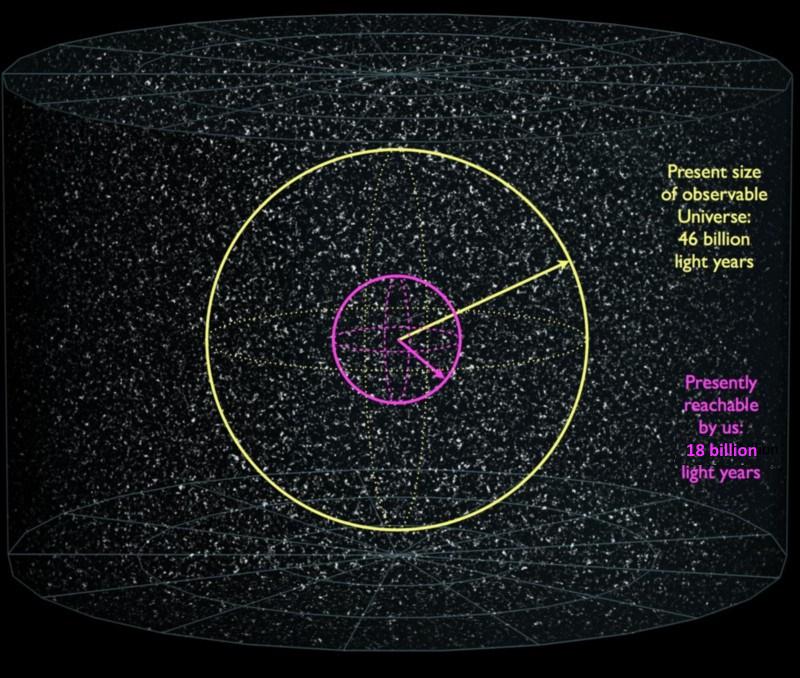
But is this estimate at all correct?
There are three pieces of evidence we can use to check our estimates of how the Universe actually is, particularly at the faint, low-mass end of the galactic spectrum. The first one has to do with star-formation, and how stars formed over cosmic time. When we look at the new stars that are forming in the Universe, there are two main mechanisms by which they form.
- From the gas already present or being drawn into a regular, typically spiral-like galaxy.
- From the merger of multiple galaxies, typically resulting in an irregularly shaped star-forming galaxy.
In the nearby Universe, almost all of the new stars (well over 90%) come from gas within a galaxy. As we look farther and farther away, back to perhaps just ~2 billion years after the Big Bang, star-formation from gas still dominates, but mergers now account for ~25-50% of the new stars formed. But during the first ~1 billion years after the Big Bang, mergers accounted for almost all of the new stars that formed.
This tells us that, in the very early stages of the Universe, these initially small, low-mass galaxies merged together very frequently, but that became both less common and less important for star-formation in the Universe as time went on. Although major mergers still occasionally occur, they’re not responsible for the majority of the Universe’s star-formation any longer.
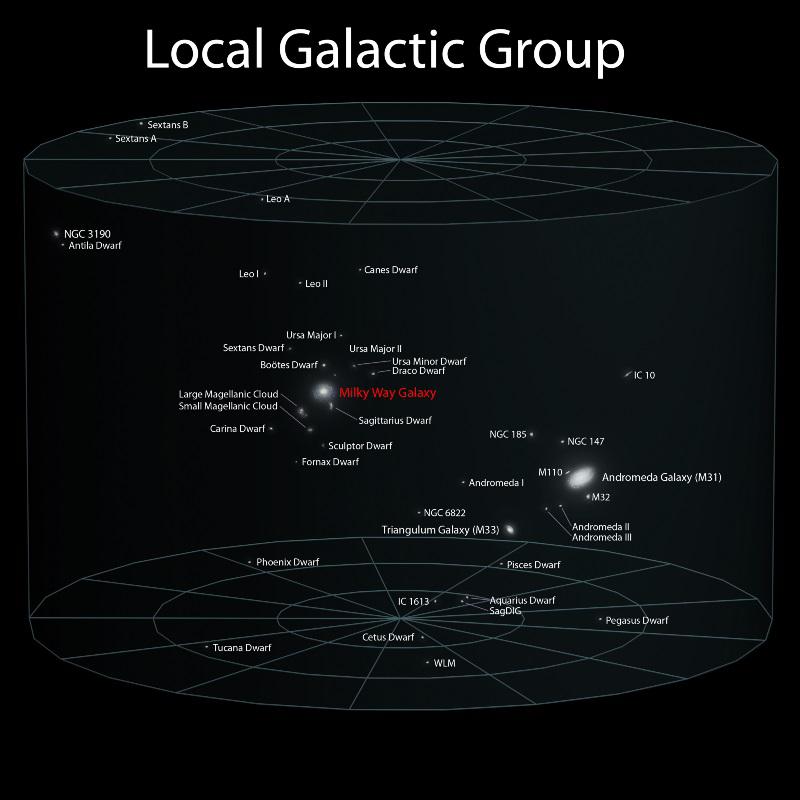
The second thing we can do is look around us, right here, at our own Local Group. Just a short 20 years ago, we knew of approximately 50-to-60 galaxies within the Local Group. (Some modern sources still use this outdated estimate.) Dominated by Andromeda and the Milky Way, the Local Group also contains the Triangulum Galaxy as its third largest member, followed by the Large Magellanic Cloud at number 4.
Even though the Local Group only extends for about 4-to-5 million light-years from our perspective within the Milky Way, we now know of somewhere upwards of 110 galaxies within our Local Group, largely bolstered by recent discoveries of ultra-faint galaxies that nevertheless consist of a self-contained population of stars that formed billions of years ago, held together by their own gravitational influence. Many of them have been determined to possess copious amounts of dark matter, and the overwhelming majority of them are extremely close to our own Milky Way.
We’re still learning which collections of stars are part of our own Milky Way and which ones are their own independent galaxies, but there may be up to 100 small, low-mass galaxies for every Milky Way-like galaxy in the Universe.
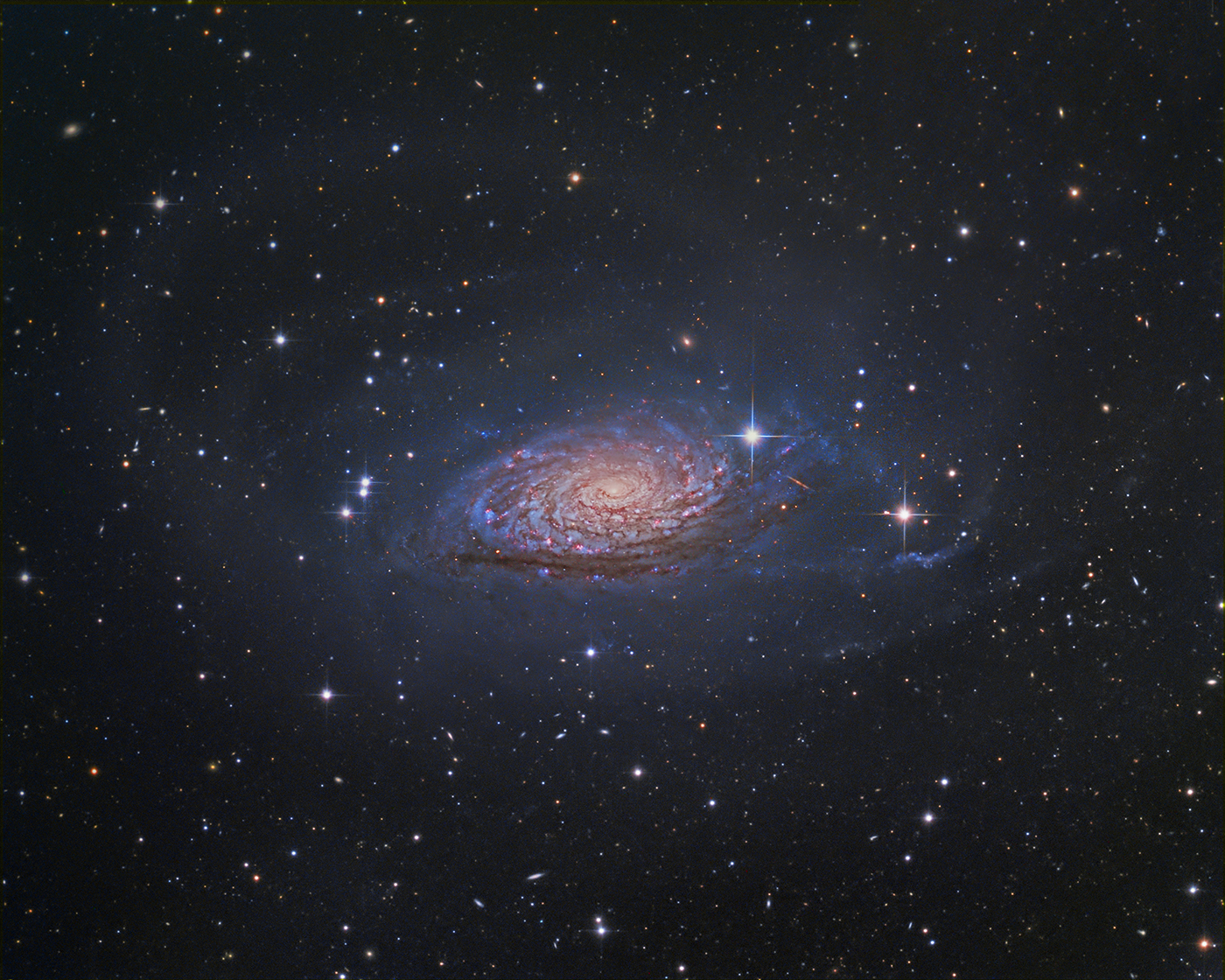
And the third thing we can do is look — both nearby and a bit farther away — at the Milky Way analogues that we can see, and attempt to measure the number of nearby small, faint galaxies found in their vicinities.
When we do this, for the closest, brightest spiral galaxies of approximately the same size-and-mass of the Milky Way, we find that there are approximately 30 fainter, smaller satellite galaxies for the ones we can make the most robust measurements for. The closer a Milky Way-like galaxy is, the easier it is for our instruments to resolve independent populations that belong to their own galaxy, separate from the dominant (Milky Way-sized) galaxy they’re gravitationally tangled up with.
But the farther away we look, the harder it becomes to identify such a satellite galaxy. The more distant Milky Way analogues might have only 10 satellites, with that number dropping down, by the time we’re a few hundred million light-years away, to just 0.6 identified satellites for the most distant ones where any such satellites are identifiable.
Now, here’s where we have to be careful. What do we learn when we put together:
- what we know about large-scale structure formation,
- with the most distant star-forming galaxies we’ve seen,
- with the information from our Local Group and its tiny galaxies,
- along with the information from Milky Way analogue galaxies both near and far?
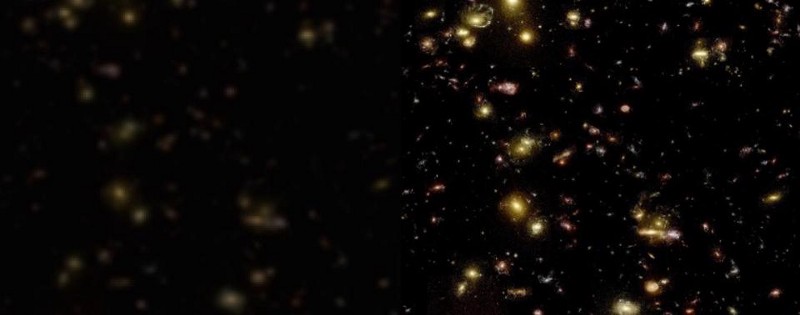
It tells us that the big, bright, Milky Way analogues we see out there are really only the tip of the proverbial cosmic iceberg. We might be seeing the biggest and brightest galaxies that contain the greatest numbers of stars and that possess the highest rates of new star-formation, but we’re missing the smaller, fainter, lower-mass galaxies that make up the overwhelming majority of galaxies in the Universe.
It tells us that the farther away we look, the greater the number of the smallest, lowest-mass, faintest galaxies we should expect to be out there, but we’re actually seeing even fewer of the small, low-mass, faint galaxies that ought to be present.
And that if we don’t simply rely on what either our direct observations (from the Hubble eXtreme Deep Field, for instance) or a simulation tells us, but rather use what we observe about nearby galaxies and their small, faint, low-mass satellites to inform our conclusions, we find that “billions and billions” or even two trillion galaxies is simply too low of a number.
Instead, based on what we see around nearby Milky Way analogues, there ought to be at least 6 trillion galaxies contained within the observable Universe, and it’s plausible that a number that’s more like ~20 trillion — with approximately 100 small, satellite galaxies for every Milky Way-like galaxy out there, throughout cosmic time — might be an even better estimate.
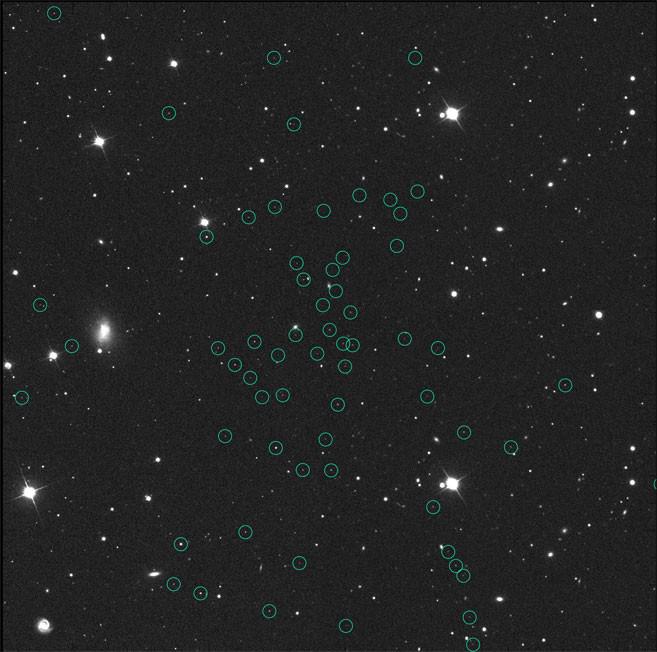
If there are somewhere between 6 and 20 trillion galaxies in the Universe, you might wonder what that means for the total number of stars in the Universe. Did our best estimates result in us lowballing that number as well?
The answer, remarkably, appears to be “no.” In a big, Milky Way-sized galaxy, there are hundreds of billions of stars today, and even back in the early stages of the Universe, their predecessors still possessed hundreds of millions to billions of stars. The galaxies we’re presently missing, particularly on the lowest-mass end, all have no more than a few ten-thousand stars each, with the smallest ones of all having only a few thousand or maybe even only a few hundred stars inside. All told, there are still about 2 sextillion (2 × 1021) stars in the Universe; the additional galaxies only add about 0.01% to the total number of stars present.
It’s true that there are hundreds of billions of stars within the Milky Way, which is just one galaxy among trillions — likely between 6 and 20 trillion — in this enormous, expanding Universe. But even though we’re seeing just the tip of the cosmic iceberg with even today’s greatest, most powerful observatories, we really are capturing most of the stellar activity that’s present throughout our cosmos. With the advent of the upcoming James Webb Space Telescope, we might finally get the observational confirmation of these faint, distant, early-type galaxies that we know must be out there. The Universe, no matter how we conceive or misconceive of it, cannot hide its truths when faced with superior data.
The author acknowledges Eric Bell and Chris Conselice for useful conversations at the American Astronomical Society’s 240th meeting that helped inform the conclusions reached in this piece.
This article was reprinted with permission of Big Think, where it was originally published.
